12.6.16 Take Root

Big changes can unseat us, make us feel wobbly and uncertain, as though the ground beneath our feet has shifted uncomfortably. Though we can't see the future, we often operate under the delusion that we know what's coming and that brings some measure of comfort. But, inevitably, our roots are disturbed and we must find a way to regain our equilibrium.
A few months ago, my life unexpectedly changed shaped and fear and anxiety threatened to overtake me. It required a lot of strength (and support from people in my life) not to react from a place of despair. Instead, I have chosen to remain calm, to give myself space and to simply exist in the in-between moment—a limbo I have historically found untenable. The eternal temptation is to take action to fix a problem.
This is where a regular meditation practice can be very helpful. It turns "Don't just sit there, do something!" into "Don't just do something, sit there!" The very act of sitting calmly allows you to feel grounded—in yourself. Your root chakra, located at the base of the spine, the pelvic floor and the first three vertebrae, creates a solid foundation that provides a sense of safety and security from within, regardless of your circumstance. Bit by bit, I am starting to feel more connected to myself, to my true nature.
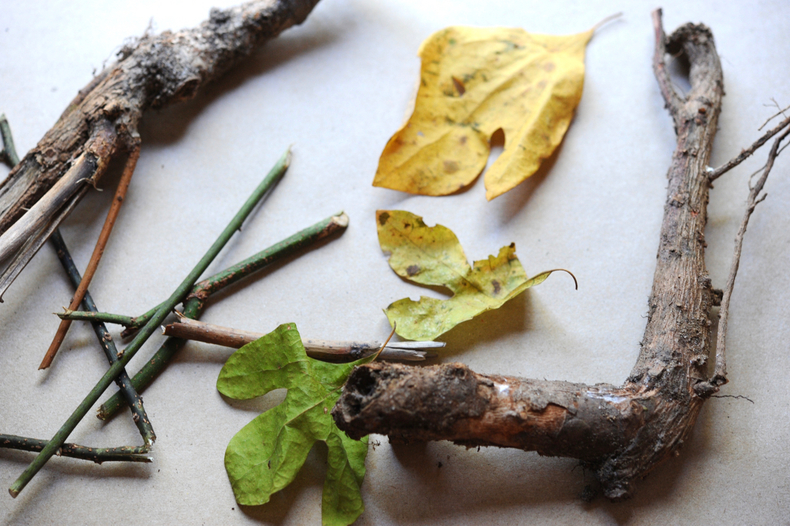
I am certain now that I need to spend time in the wild. It feeds my soul and brings balance to my life. We are currently in the middle of hunting season, which means the only places it's safe to hike are state parks, and this curtails my daily outings. I miss tromping through the woods but I'm taking advantage of these three weeks to play with some of the elements I harvested recently. Above are twigs, leaves and roots from the sassafras trees on Cape Cod, gathered during my visit there in October. I ground up the leaves—recognized by their "mitten" shape—into a fine powder that is traditionally used to thicken gumbo. The smallest bit releases a very mucilaginous substance! The roots and twigs, along with other plants and aromatics, are the basis for root beer.
Legend has it that Columbus used the windborne fragrance of sassafras trees to persuade his mutinous crew that land was near. Every part of the tree does indeed have a wonderfully spicy aroma. Sassfras officinale has long been used for medicinal purposes. The leaves were made into teas and poultices; the root bark was crushed, steeped in boiling water and drunk to treat fevers, rheumatism, gout, eye inflammation, menstrual pain and even cure syphilis and gonorrhea.
The volatile oil that can be extracted from the tree, safrole, is extremely potent, but has also been used as a flavoring and for some medicinal purposes. In 1960, the FDA concluded that massive doses caused liver cancer in rats and banned all sales of sassafras, despite the fact that safrole is virtually insoluble in water (so it can't be extracted by making tea). The real story is that safrole is actually a precursor ingredient for the manufacturing of MDMA—sometimes known as Ecstasy or Molly—and that's why the government wants to control it.
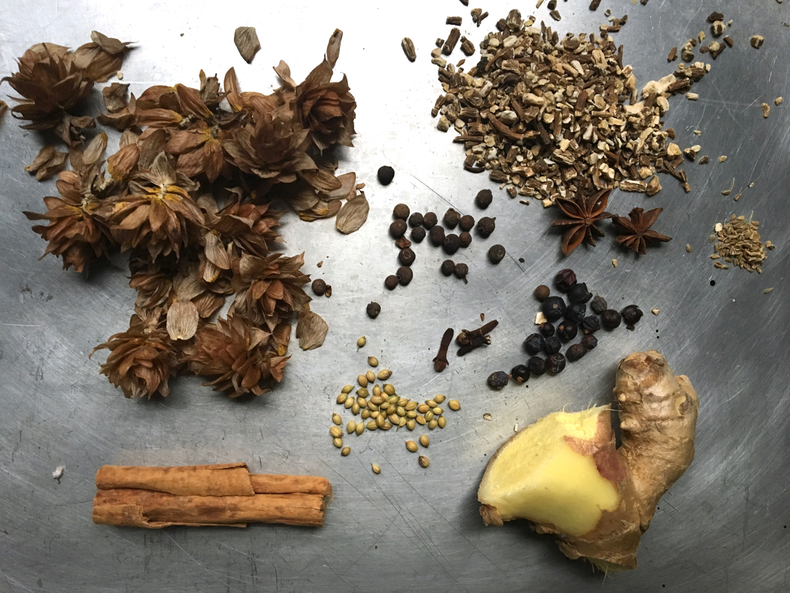
Fortunately, sassafras is plentiful in the Northeastern woods, and you can still buy packages of the root bark in many herb shops and specialty grocers, like Kalustyan's in New York. After researching several old recipes, I decided to make a sassafras tea or decoction, that I would then combine with sugar to make a syrup. Additional flavorings include cinnamon, dried hops flowers from our garden, allspice, cloves, coriander seed, licorice root, star anise, anise seed and fresh ginger.
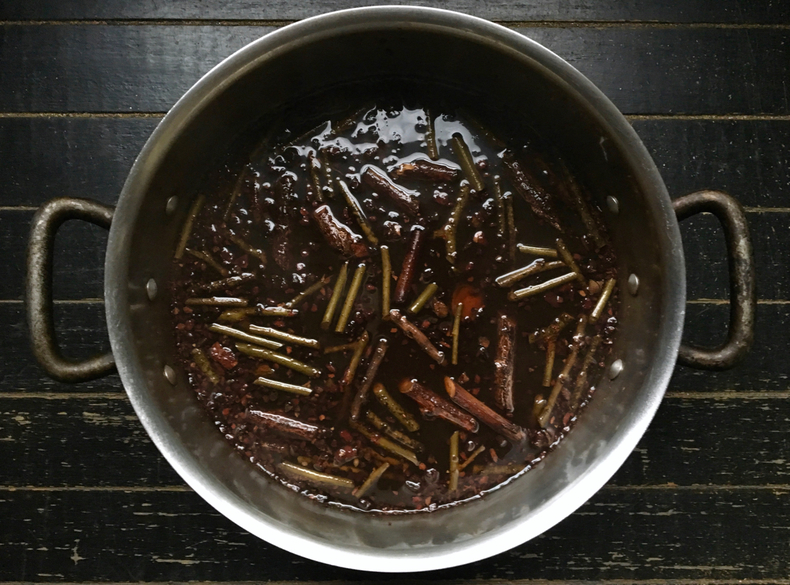
All these ingredients, plus a little molasses, simmered together to make a fragrant, reddish-brown tea. I sweetened it with a combination of raw cane and date sugars and simmered again, reducing it by half into a thick syrup. The taste is divine and more subtle than commercial root beers, which often rely on a lot of wintergreen oil. For my next batch, I may add a little black birch, which grows on our property in Forestburgh and has a very clean and more subdued wintergreen flavor.
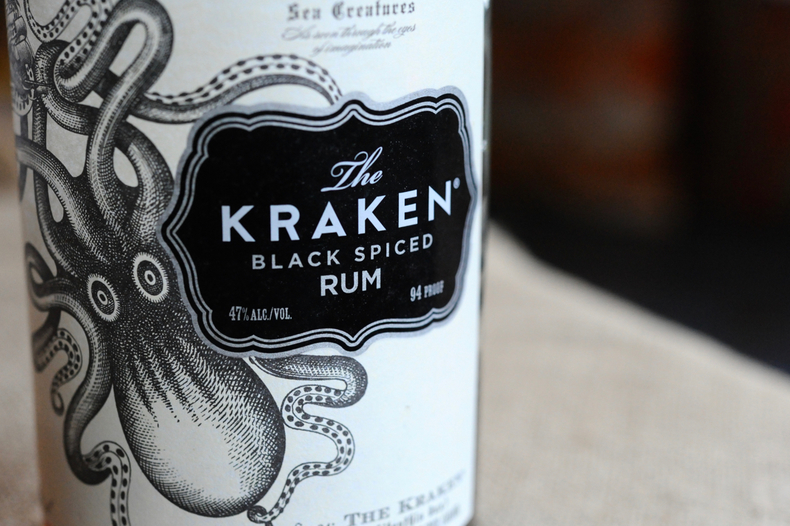
In creating a cocktail with my new syrup, I decided to pair it with a smooth, richly spiced dark rum. The Kraken fits the bill and I also love its Victorian-style bottle and illustrated label. Not into spirits? I would happily mix the syrup with soda water and add a scoop of vanilla ice cream for an old school float.
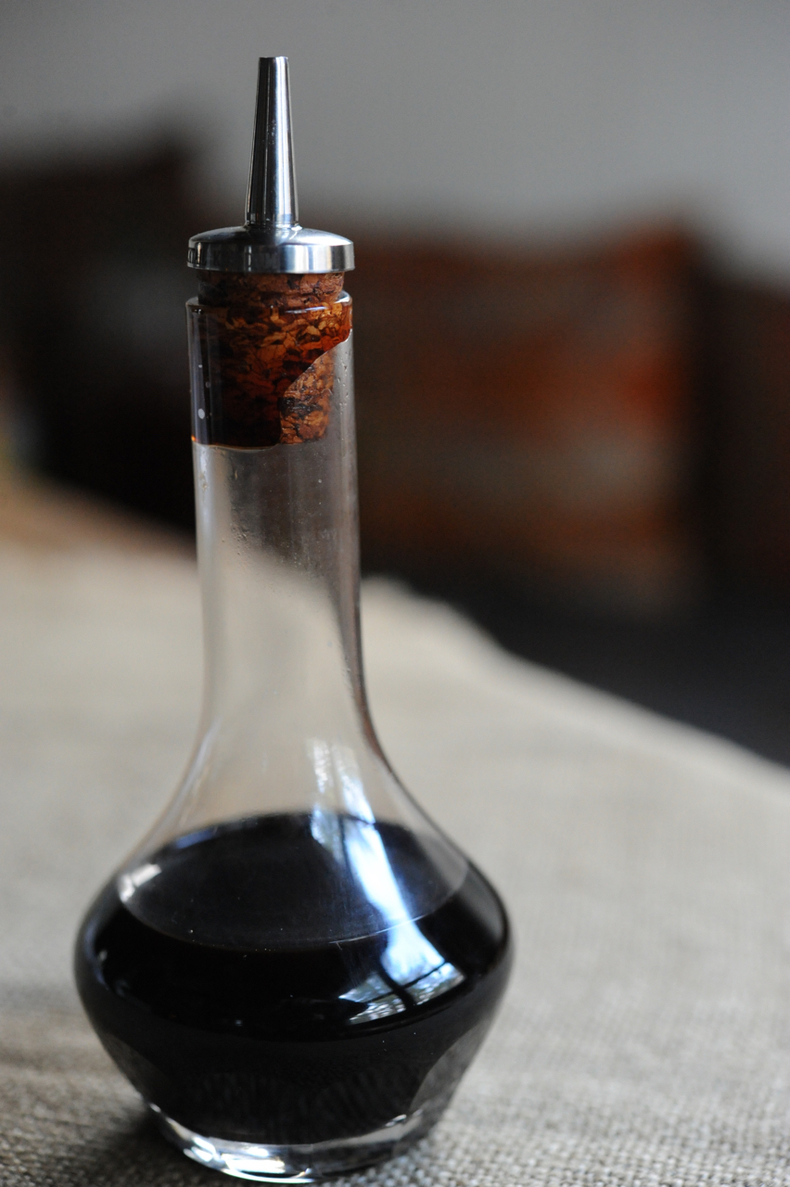
I thought a couple of dashes of blackstrap bitters would echo the molasses in both the syrup and the rum. I'm currently in the middle of aging my first three batches of bitters (more on that later), so for now I used one from Bittercube. Wondering about that bottle? It's from Cocktail Kingdom, purveyors of beautifully designed tools and glassware for the cocktail enthusiast.
If you're interested in recreating this cocktail without attempting to make your own root beer syrup, you might try experimenting with Art in the Age's Root spirit. You'll need to add a sweetener—molasses?—and maybe balance it out with a little dark rum, as it, too, is a touch heavy on the wintergreen.
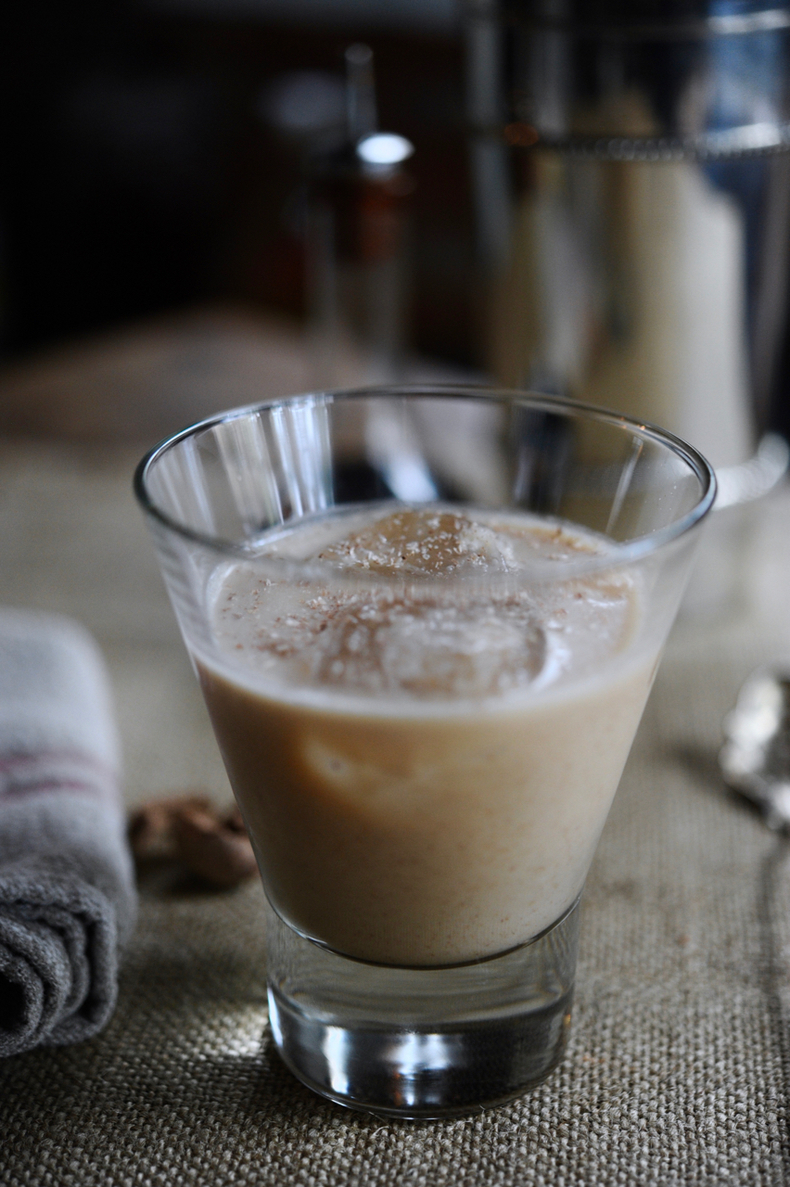
The Root Chakra, as I'm calling this very grounding and satisfying drink, also contains some heavy cream and is finished with a grating of fresh nutmeg. It's smooth, not at all cloying, and full of the rich and complex flavors of the earth. Just the sort of thing you want to knock back while you're waiting for enlightenment.
Root Chakra
- — 2 ounces spiced rum
- — 1 ounce root beer syrup
- — 1 ounce heavy cream
- — 2 dashes blackstrap bitters
- — 1 whole nutmeg
Fill a cocktail shaker with ice and add rum, syrup, cream and bitters. Shake well to chill, then strain into a rocks glass over 1-2 large ice cubes. Grate a little fresh nutmeg over the top and serve.
 Download Recipe
Download Recipe






16 Comments